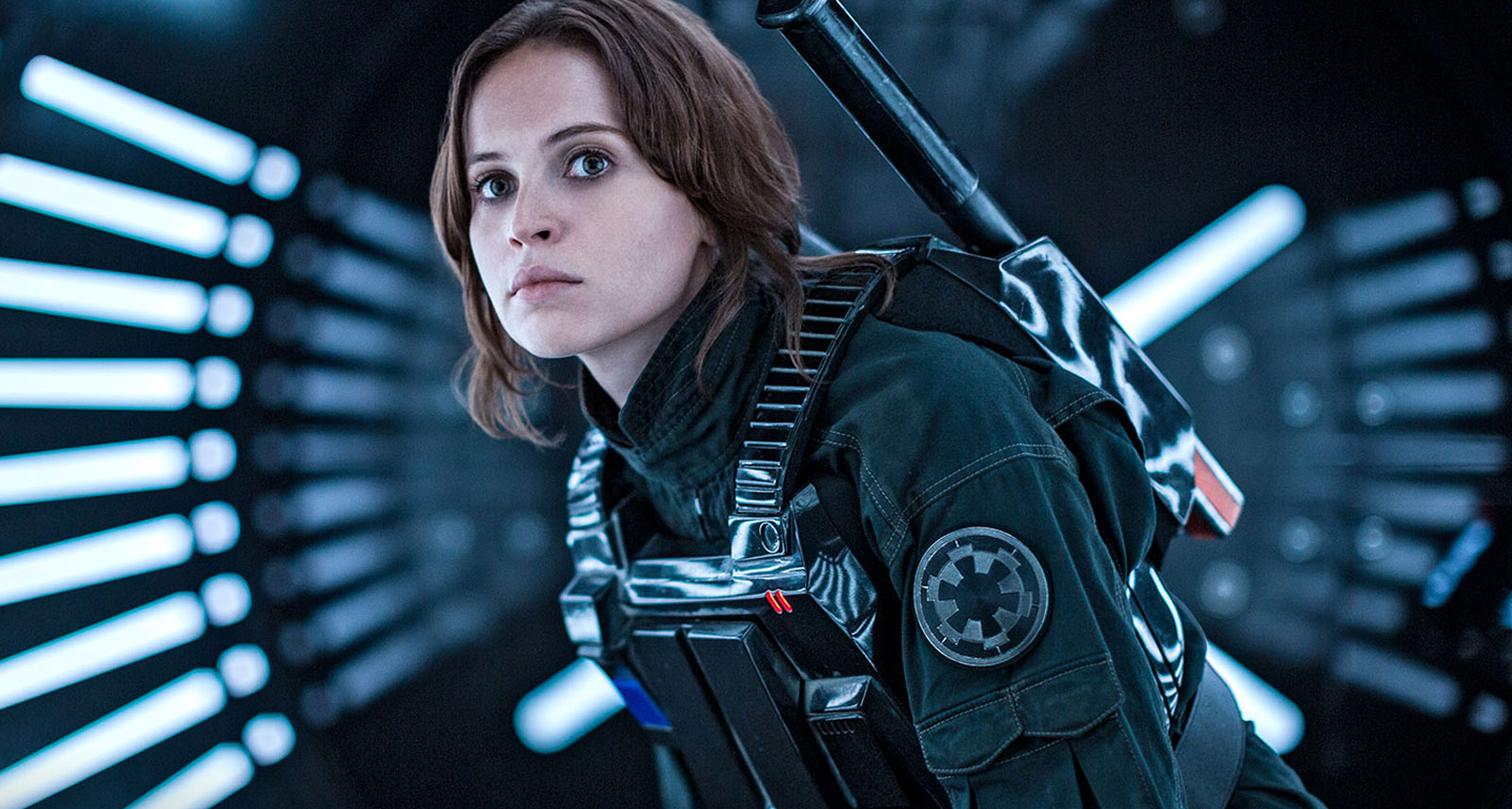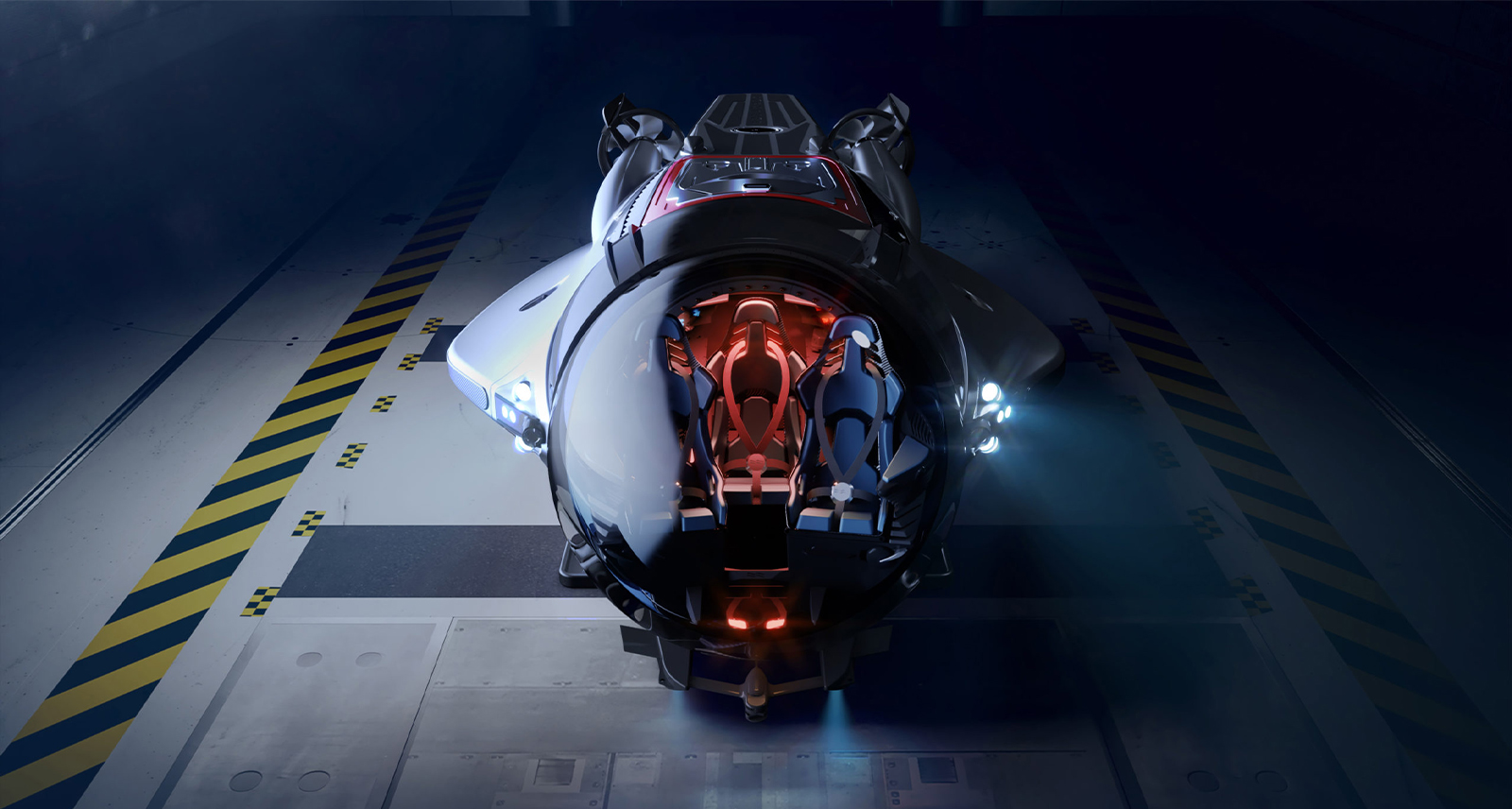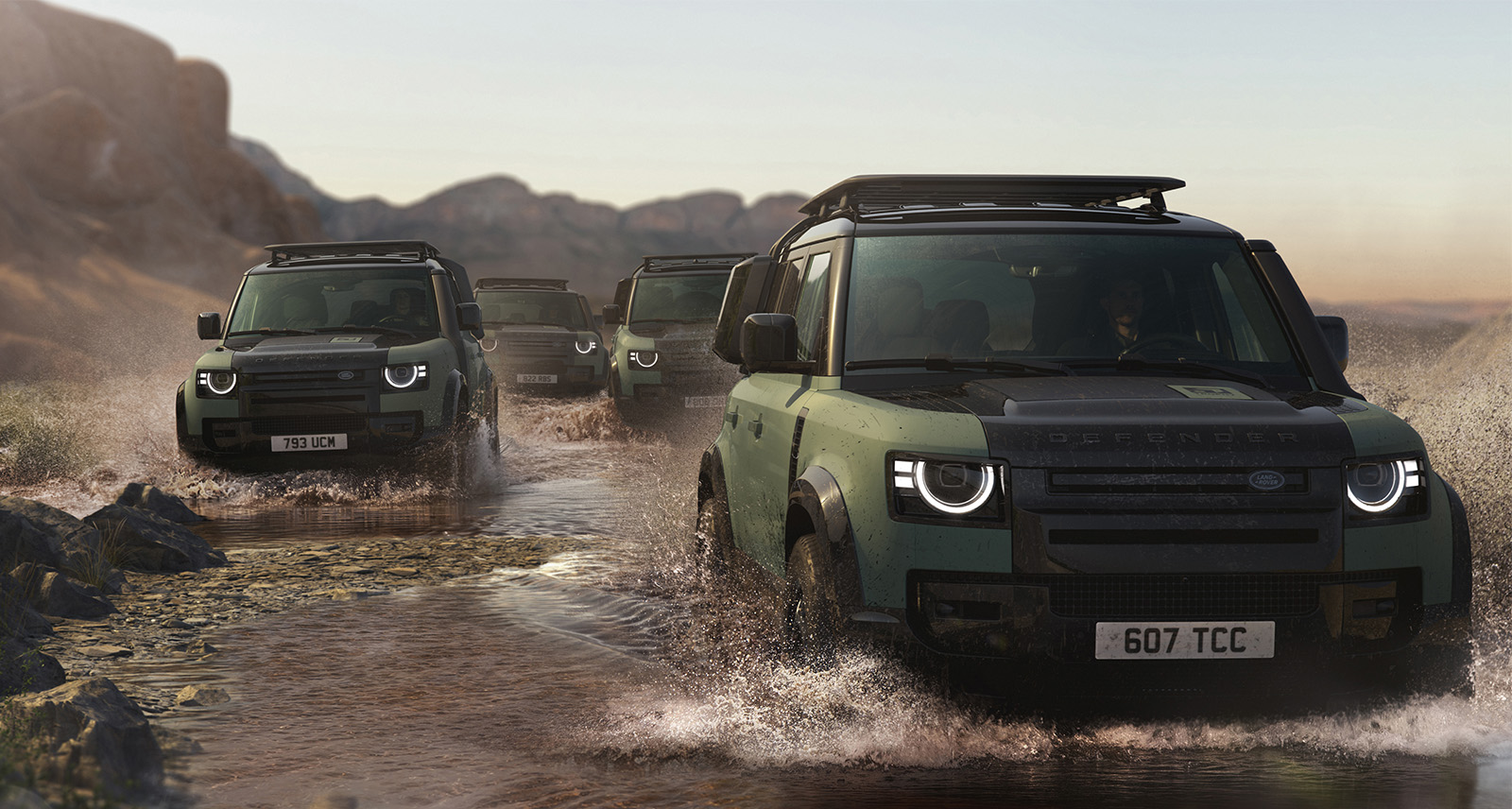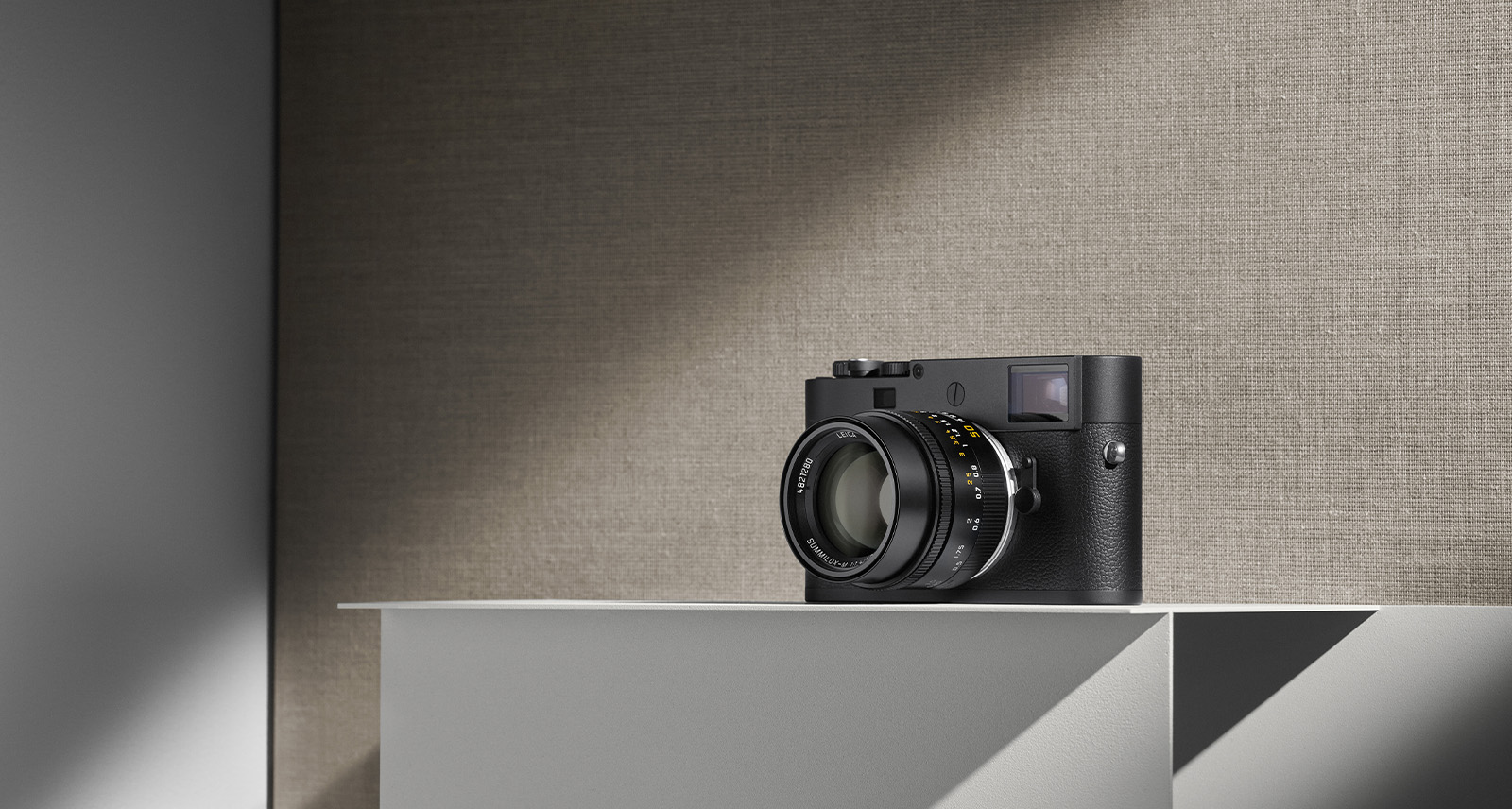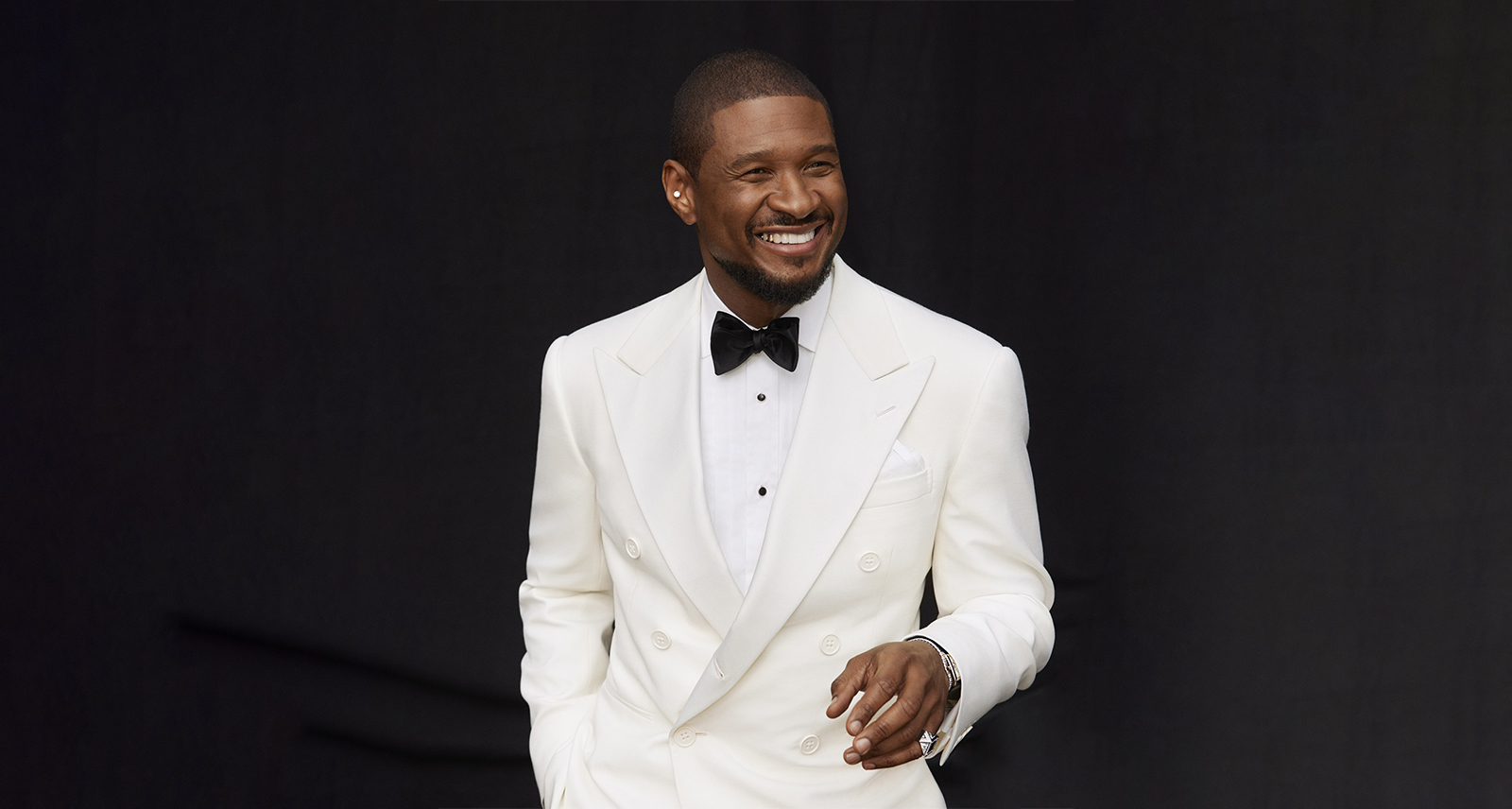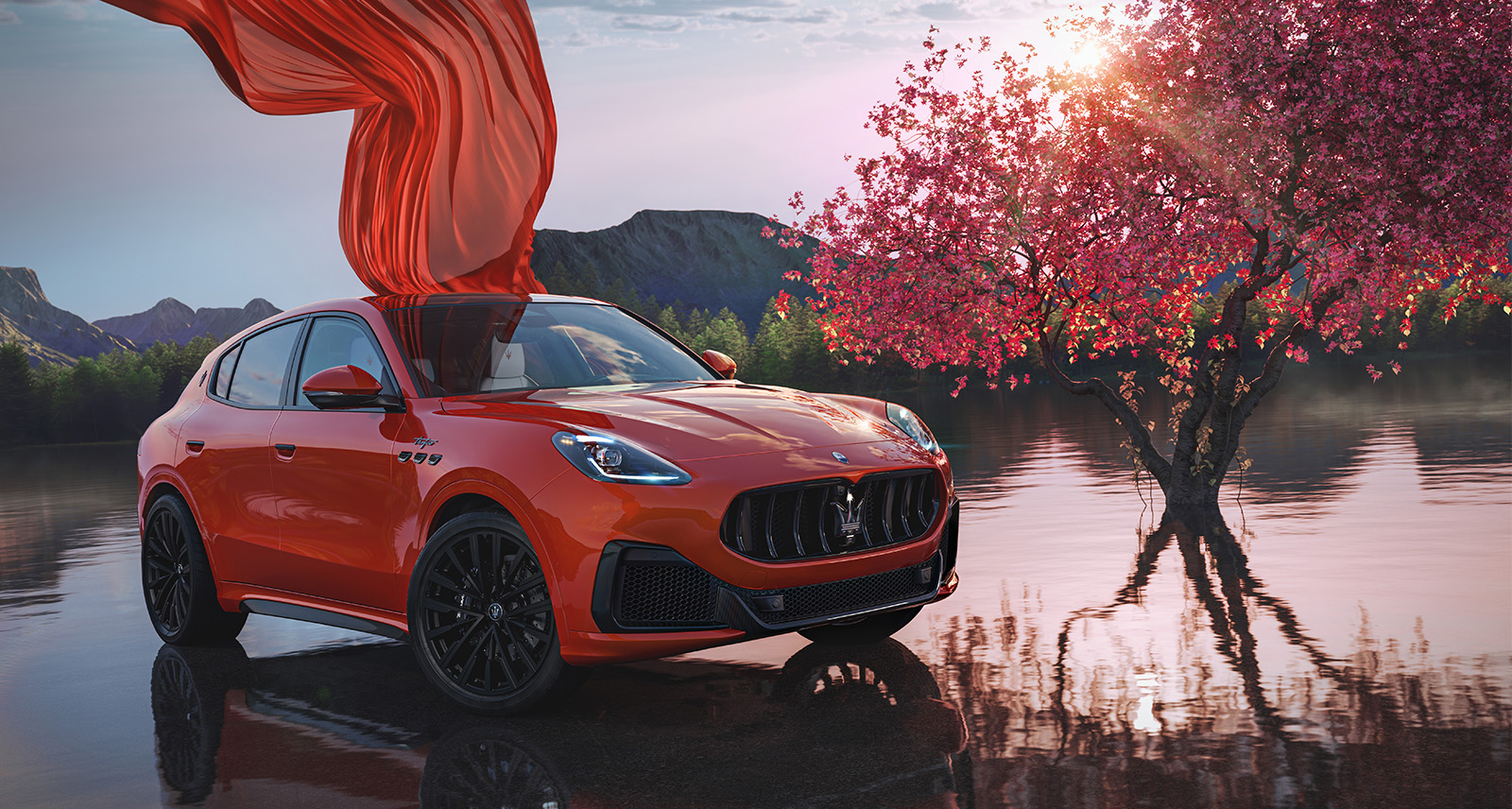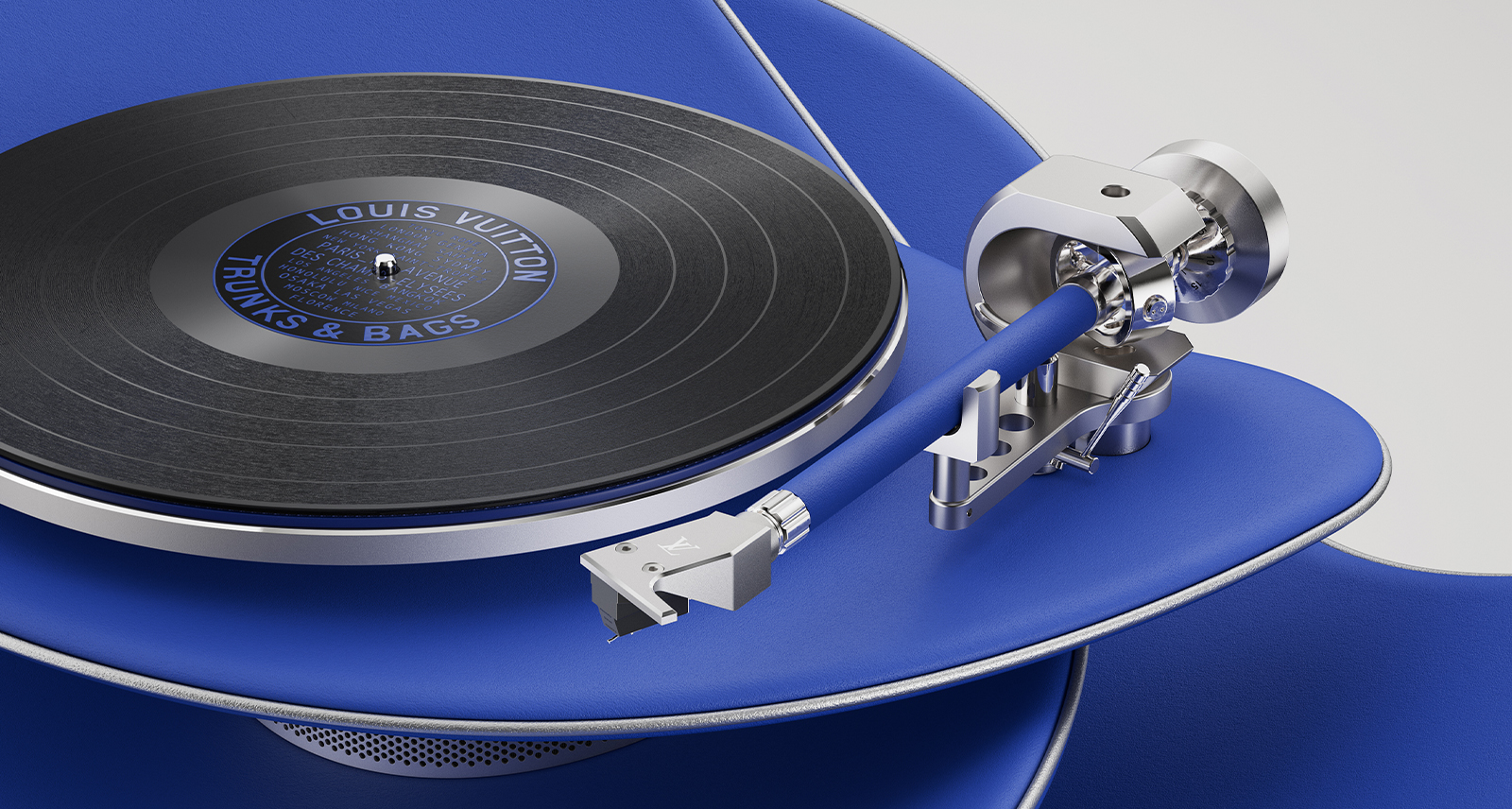‘Rogue One’ Just Ushered in the Future of Franchise Filmmaking
In case you couldn’t tell from the wisecracking robots and X-Wing vs. TIE fighter dog fights, Darth-freaking-Vader in the trailer and that massive Death Star on the poster, Rogue One is “A Star Wars Story.” It says so right there in the title. Just so we’re all clear.
After J.J. Abrams helped bring the seminal sci-fi/adventure franchise back with last year’s The Force Awakens, this year’s pseudo follow-up Rogue One is tasked with keeping the seat warm until the “official” sequel Episode VIII drops December 2017. A spinoff adventure featuring a ragtag team of rebel fighters (no, these are not the rebel fighters you’re looking for) and deep-cut cameos from B-squad characters like Mon Mothma and Bail Organa, it’s being billed as an “anthology” story, meant to further expand a Star Wars Universe that’s already seen seven live-action movies (and one animated one), two TV shows, a holiday special, countless books, comics and video games, and mountains of plastic collectibles. Forget fighting the Empire, this franchise has become one.
In reality, though, Rogue One acts as more of a “midquel,” connecting the original trilogy to George Lucas’ well-intentioned, but ill-advised prequels. And if you’ve never heard that term before, well, better get used to it. Because after Rogue One collects a gazillion* dollars at the box office this holiday season (*that’s a rough estimate), you can bet more franchises follow Star Wars’ lead, looking for any possible cracks in the canon to plug with hundred-million dollar blockbusters.
And all cynicism aside, Rogue One is actually quite clever. Or at least, way more clever than it seemingly needed to be. You could put one of those plastic Stormtrooper helmets on Chris Pratt and film him walking down Hollywood Boulevard for 90 minutes and it’d still probably make $100+ million right now. But the writers behind Rogue One took a line from A New Hope’s opening crawl — “During the battle, Rebel spies managed to steal secret plans to the Empire’s ultimate weapon, the Death Star…” — and spun it off into a swashbuckling sci-fi/war movie. They even managed to retroactively plug one of the original film’s most frustrating plot holes along the way: how the hell a superweapon as advanced and all-powerful as the Death Star could be blown to hell by one perfectly placed shot to a two-meter wide target.
There’s more to Rogue One than that, of course: a long-lost daughter (Felicity Jones), enlisted in the rebellion against her will to help steal those aforementioned plans, a career Rebel spy (Diego Luna) who has significantly less personality than his droid (voiced by Alan Tudyk), an Imperial defector/cargo pilot (Riz Ahmed), a blind Jedi true believer (Donnie Yen) and his skeptical, sharpshooting sidekick (Wen Jiang). How they’re all brought together is your typical modern blockbuster moviemaking: a chance encounter here, a dump of confusing expository dialogue there. By the time all the third act shooting starts, it’s still kind of unclear what they’re all still doing together, other than, you know, reasons. But hey, look at those explosions!
When it comes to telling stories, there’s what audiences want to happen, what would make it easiest to sell toys, and what should happen. Rogue One chooses the latter every time.
But in a world when it’s no longer enough for a Hollywood franchise to stop at three movies, or six, or ever, Rogue One is at least an encouraging step in the right direction. Now that the Marvel movies have shown the potential box office benefits of chaining together sequels and spinoffs and team-up movies into one big uber-franchise, everyone’s looking for their own interconnected cinematic universes, from DC to Harry Potter to Dracula and the Wolf Man to Transformers. But when you compare that to something like the endlessly-rebooting Terminator franchise or the messy continuity of the X-Men movies, it’s almost refreshing to see studios making a concerted effort to actually plan for the future, as opposed to just winging it from sequel to sequel, perpetually attempting to rewrite the past.
And while Disney could’ve sat back, played things safe and counted their money, they took something of a calculated risk with Rogue One. A sort of Star Wars version of Saving Private Ryan, it’s a far grittier and darker and more violent adventure than anything we’ve seen in this galaxy to date. When it comes to telling stories, there’s what audiences want to happen, what would make it easiest to sell toys, and what should happen. Rogue One chooses the latter every time. And even though we already know how this all ends and what happens next, it’s to the movie’s credit that it makes the journey to get there feel fresh. Vital even.
Still, Rogue One is far from perfect. Early on, the movie haphazardly careens from scene to scene, the central mission essentially involves pulling a series of hilariously well-guarded levers, the characters all simply have vaguely-alluded-to-backstories instead of real human personalities. The big bad Darth Vader makes an unforgivably lame pun. And maybe most damning, the franchise decides to bring back Peter Cushing’s Grand Moff Tarkin, despite the fact that Cushing’s, you know, been dead for over 20 years. This kind of CGI de-aging isn’t new — Tron: Legacy did it with Jeff Bridges, ditto Ant-Man, with Michael Douglas – but A) both of those actors were still alive at the time, and B) it was used for brief flashbacks, not lengthy sequences.
The obvious ethical questions of bringing an actor back from the dead via state-of-the-art CG aside, it’s a weird, off-putting trip through the Uncanny Valley every time the character’s onscreen, taking away from Ben Mendelsohn’s Director Krennic, a villain compelling enough to stand on his own. Like spinning off minor characters and storylines into big-budget side adventures, it feels like a peek into the future of franchise filmmaking, as well as the potential slippery slope. Do it elegantly, and no one complains. Get it wrong, and it’s hard to watch without cringing.
But if there’s one thing that Rogue One and the breathless buzz for its essentially one-off side-quest shows, it’s that audiences never want their favourite franchises to end. And that’s a good thing, because neither does Hollywood.
